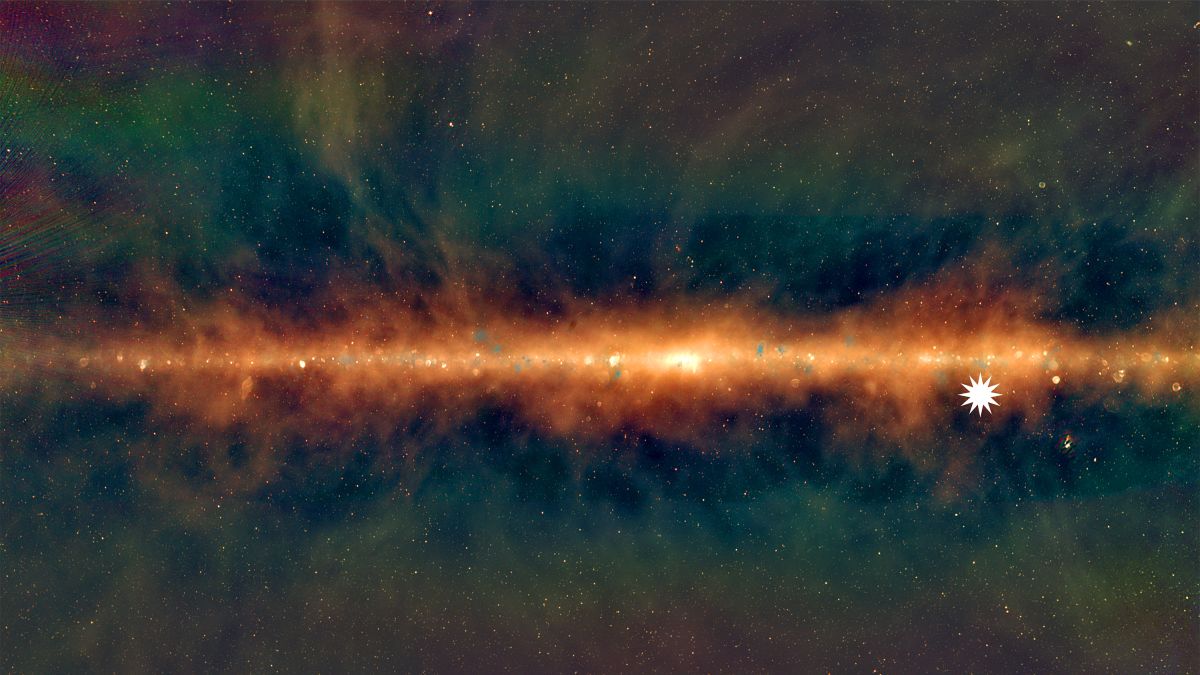An unusual radio signal coming from somewhere in our galaxy has been received that can’t be explained by any known object. When it’s active the source gives off energetic radio bursts lasting up to a minute, every 20 minutes.
The object was discovered by a team using the Murchison Widefield Array (MWA) telescope in Western Australia, which scans large areas of the sky in radio waves. Curtin University Honors student Tyrone O’Doherty was searching for transient objects within the plane of the Milky Way when they discovered this.
The object gave off bursts every 18.18 minutes like clockwork, with each pulse lasting between 30 and 60 seconds.
“This object was appearing and disappearing over a few hours during our observations,” said Dr. Natasha Hurley-Walker, lead researcher on the study. “That was completely unexpected. It was kind of spooky for an astronomer because there’s nothing known in the sky that does that. And it’s quite close to us – about 4,000 light-years away. It’s in our galactic backyard.”

It had an active period in January 2018, took most of February off, then turned back on for most of March. During each of those 30-day active periods, it stuck to its strict schedule, but it didn’t appear in the data in the five years prior or the four years since.
Analysis shows that the light coming from the object is 90 percent polarized. This means that it has very strong, highly ordered magnetic fields. And its repetition means that it’s most likely rotating. These are features of pulsars and magnetars, and the new object is probably one of these.
Pulsars emit beams of radiation that sweep across the sky like a lighthouse, making it look like the light is flashing on and off. Magnetars have extremely strong magnetic fields.
The object spins too slowly, however. Pulsars spin on the order of milliseconds to a few seconds, while magnetars can rotate as slowly as once every 10 seconds. This new signal’s 18-minute rotation is far too long to neatly fit into the box.

“The thing is if you do all of the mathematics you find that they shouldn’t have enough power to produce this kind of radio waves every 20 minutes,” said Hurley-Walker. “It just shouldn’t be possible; they should be quiet. So what we think is that the magnetic field lines are somehow twisted. The neutron star has undergone outburst or activity that is causing a temporary production of radio waves, that makes it strong enough to produce something every 20 minutes.”
“Nobody expected to directly detect one like this because we didn’t expect them to be so bright,” said Hurley-Walker. “Somehow it’s converting magnetic energy to radio waves much more effectively than anything we’ve seen before.”
There’s a chance, the team says, that ultra-long period magnetars could be responsible for FRBs as well.
Accurate answers can be given after significant observations are made after some time.
The research was published in the journal Nature.


